Harrison Owen’s book has its share of shortcomings, but there is certainly something to recommend here as well. Owen’s explanations of organizational change, complex adaptive systems and chaos theory as they apply to business and innovation are lucid and easy to understand. Less appealing are his lapses into jargon that seems more appropriate to a yoga class than a human resources department, and the theoretical tone that permeates the book. getAbstract.com recommends this book to anyone in search of an alternative perspective on modern management.
Curing Soul Pollution
Soul pollution is a state of apathy and exhaustion caused by overwork. Victims of soul pollution tend to be stressed out and to mistreat colleagues and loved ones. But life needn’t be so stressful. The cure for soul pollution is open space, which allows for creativity and fun in the workplace. However, creating open space requires change, which is never an easy process.
Begin with spirit, the most significant part of any organization. Spirit shouldn’t be defined; rather, you should define it for yourself in whatever way works for you, whether in the sense of team spirit or in a religious, that is spiritual, way. You can’t see spirit, but you can see its end results. Change occurs through self-organization, a process that creates a complex adaptive system. Such a system is made up of many parts - it continually learns and changes in response to its environment, and it organizes by itself.
Chaos as a Positive Force
Chaos - and the disruptions that accompany it - is a critical condition for life, learning, innovation and, ironically, for organization. Consider the chaos in the ecosystem. Acid rain, air pollution and global warming have...
Harrison Owen is president of H.H. Owen and Co., a consulting firm. His clients have included Owens/Corning Fiberglas, the Internal Revenue Service and Procter & Gamble. In the 1960s, before launching his firm, Owen worked with organizations such as the Peace Corps and the U.S. National Institutes of Health.










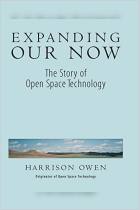

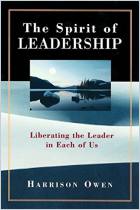
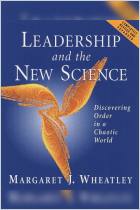
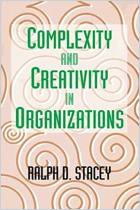
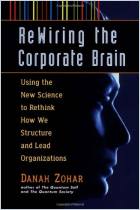
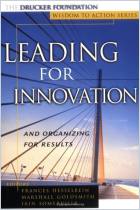

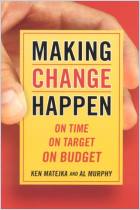



Comment on this summary